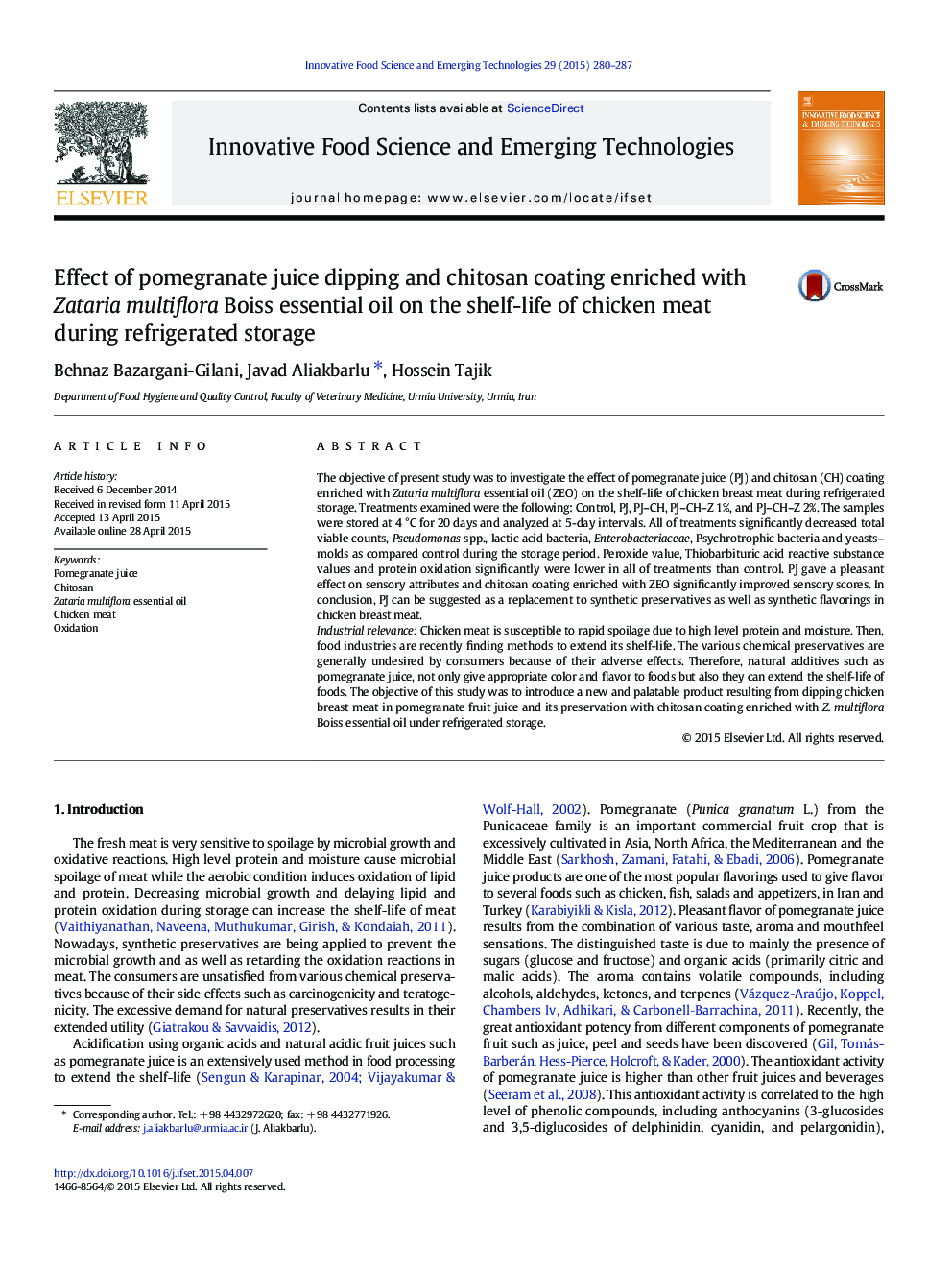| Article ID | Journal | Published Year | Pages | File Type |
|---|---|---|---|---|
| 8173373 | Nuclear Instruments and Methods in Physics Research Section A: Accelerators, Spectrometers, Detectors and Associated Equipment | 2015 | 8 Pages |
Abstract
Computed Tomography (CT) high-resolution imaging have been used to investigate if there is a significant change in the crystal-to-window distance, i.e. the air gap thickness, in a small n-type detector cooled to 77 K, and in a medium sized p-type HPGe detector when cooled to 100 K. The findings were compared to detector dimension data made available by the manufacturer. The air gap thickness increased by (0.38±0.07) mm for the n-type detector and by (0.40±0.15) mm for the p-type detector when the detectors were cooled to 77 resp. 100 K compared to at room temperature. Monte Carlo calculations indicate that these differences have a significant impact on the efficiency in close geometries (<5 cm). In the energy range of 40-700 keV with a source placed directly on endcap, the change in detector efficiency with temperature is 1.9-2.9% for the n-type detector and 0.3-2.1% for the p-type detector. The measured air gap thickness when cooling the detector was 1.1 mm thicker than manufacturer data for the n-type detector and 0.2 mm thicker for the p-type detector. In the energy range of 40-700 keV and with a source on endcap, this result in a change in detector efficiency of 5.2-7.1% for the n-type detector and 0.2-1.0% for the p-type detector, i.e. the detector efficiency is overestimated using data available by the manufacturer.
Related Topics
Physical Sciences and Engineering
Physics and Astronomy
Instrumentation
Authors
A. Hedman, J. Bahar Gogani, M. Granström, L. Johansson, J.S. Andersson, H. Ramebäck,
